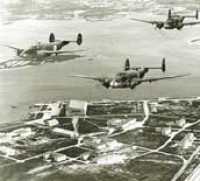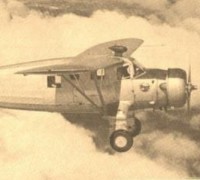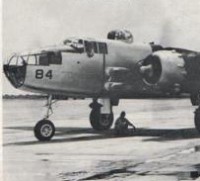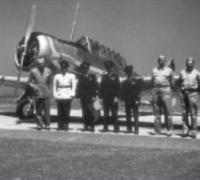BRAZILIAN AIR FORCE FAB * - BRAZILIAN AIR FORCE
20)LOCKHEED PV 2 HARPOON
Total received:: 06
General characteristics:
Crew: 6
Length: 51 ft 5 in (15.7 m)
Wingspan: 65 ft 6 in (20 m)
Height: 11 ft 10 in (3.6 m)
Wing area: 551 ft² (51.2 m²)
Empty weight: 20,197 lb (9,160 kg)
Loaded weight: 31,000 lb (14,000 kg)
Max takeoff weight: 34,000 lb (15,000 kg)
Powerplant: 2× Pratt & Whitney R-2800 geared radial engines, 2,000 hp (1,500 kW) each
Performance:
Maximum speed: 322 mph (518 km/h)
Cruise speed: 230 mph (370 km/h)
Range: 1,660 mi (2,670 km)
Ferry range: 2,600 mi (4,200 km)
Service ceiling: 26,300 ft (8,020 m)
Rate of climb: 2,035 ft/min (15.4 m/s)
Wing loading: 56.4 lb/ft² (275 kg/m²)
Power/mass: 0.13 hp/lb (0.21 kW/kg)
Armament:
Guns: 4 × .50 in (12.7 mm) Browning M2 machine guns 2 × .30 in (7.62 mm) M1919 Browning machine guns
Bombs:
3,000 lb (1,400 kg) general ordnance or 6 × 325 lb (147 kg) depth charges or 1 torpedo.It also could carry 8 HVAR rockets.
Brazilian Air Force received 6 aircraft. BuNo 5048/5049/5050/5051/5074/5076. They were used from 1944 to 1956 in the 2nd medium bombing group. Created by Presidencial decree # 6.796, of 17 Aug 1944 with headquarters at Salvador – Bahia, 2nd Air Zone. This unit in particular was trained by one Ventura group based at Recife and came to replace the US Navy squadron VB-129, which returned to the United States.
The 5074 and 5076 were used for ground instruction only. 5074 was used by RAF and USAAF. Stricken from Brazilian Air Force 26 May 1955. The 5076 ex USN 37446 was stricken on 28 May 1962
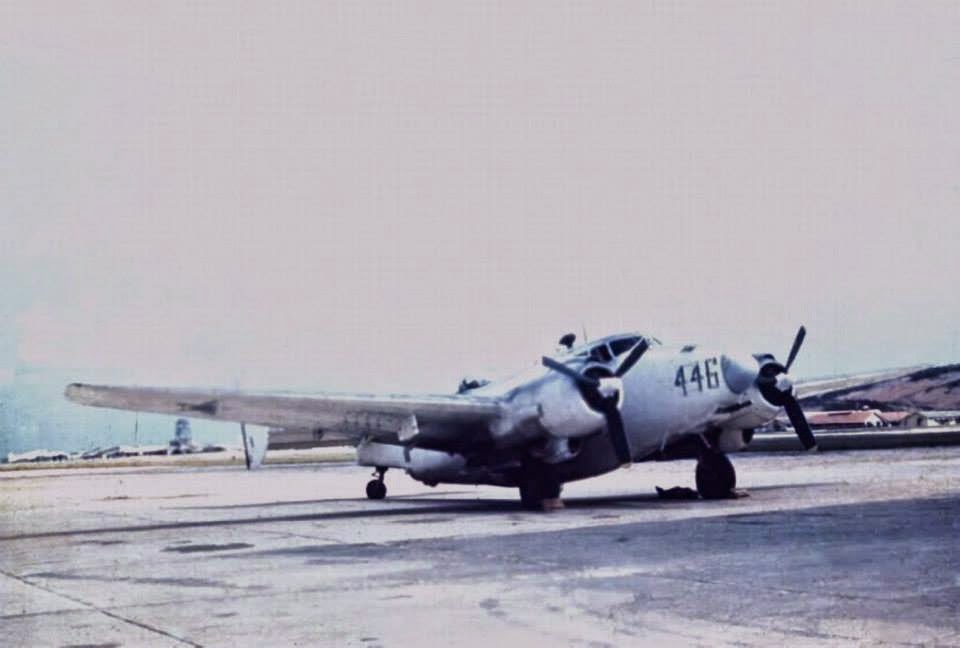
Above one Harpoon is seen parked at Santa Cruz Airbase Photo. http://castropr.blogspot.com/
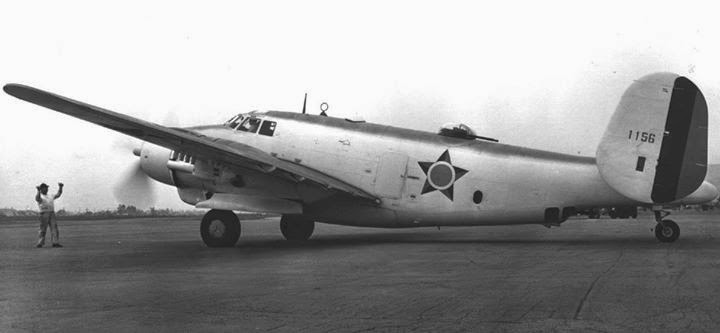
Above one Harpoon is seen taxiing to the ramp following one patrol and convoy escort mission. Photo. http://castropr.blogspot.com/
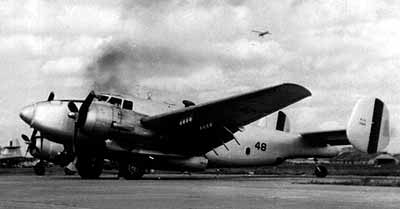
One Harpoon parked at Santa Cruz Air Force base with one P-47 nose and the tail of one gloster Meteor on left. Photo http://castropr.blogspot.com/
